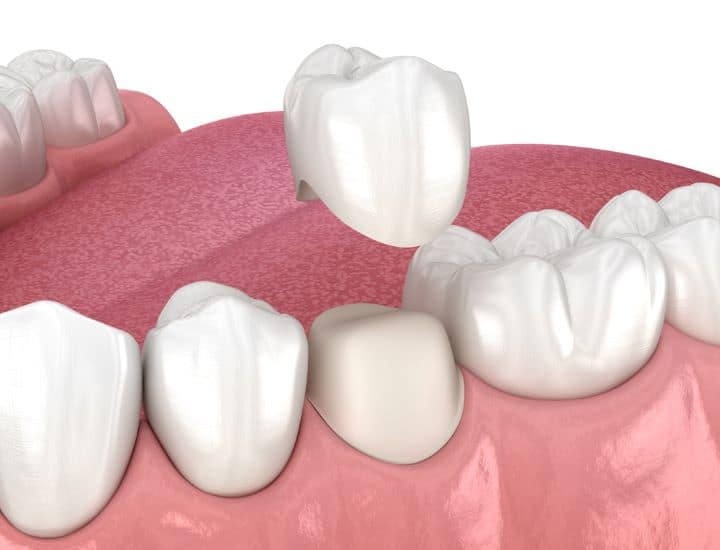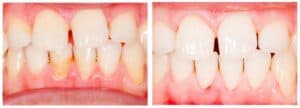Laser surgery for gums, or LANAP (Laser-assisted new attachment procedure), is the process through which periodontists and general dentists treat gum diseases to improve oral hygiene and esthetics.

This article is going to give you a complete insight into the LNAP, its advantages and disadvantages, its cost, and the recovery process.
What is Laser Gum Surgery?
With a massive prevalence of gum diseases in the US, people are more inclined towards seeking treatment for their unhealthy and recessed gums.
LNAP is laser-assisted, minimally invasive gum surgery meant to remove the bad bacteria from beneath the gum line to get rid of gum diseases, especially periodontal diseases.
This method allows gum tissue regeneration, better and higher gum attachment, and new gum growth. It’s more like a conventional gum surgery with less blood, less trauma, and quick healing.
Periodontal Disease Treatment and LNAP
Treating moderate to severe periodontal diseases is easy with laser periodontal therapy. It helps get rid of periodontitis and save your teeth and gums from further destruction.
But dental care is necessary. You must follow strict oral hygiene and visit your dentist regularly once the healing of the gum tissues is done.
Traditional gum diseases are relatively easy to treat with LNAP rather than a conventional surgical procedure.
Should you get laser gum surgery?
Your dental practitioner can advise you well on this. However, if your dentist says you’re suffering from periodontal diseases, you are the candidate for the treatment.
Here’s the checklist to figure out if LNAP should be your pick or not
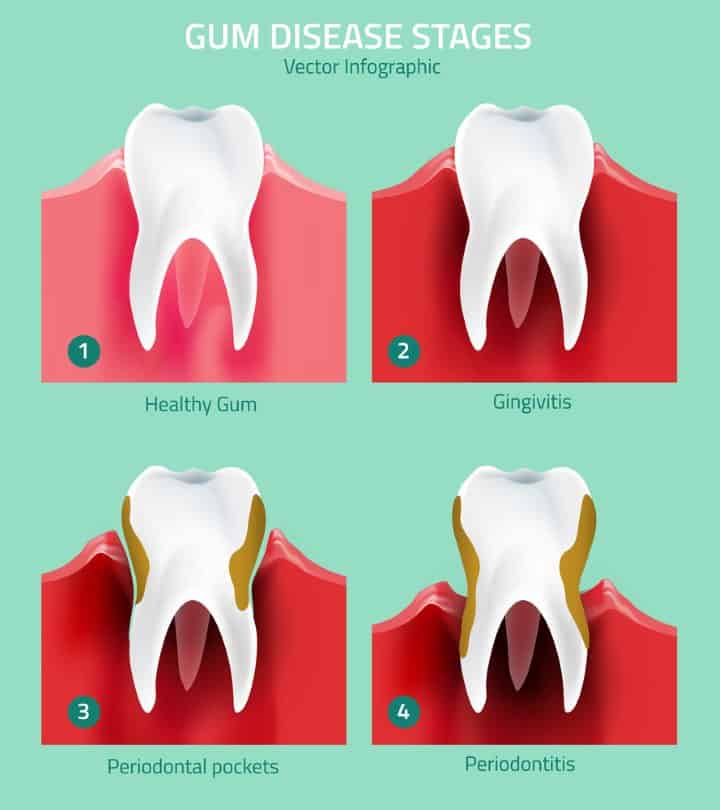
1) Having an advanced gum disease.
2) Have enlarged gums affecting the overall aesthetics.
3) You don’t want to undergo traditional gum surgery.
4) You’re afraid of the risks the traditional gum surgery comes with.
How does laser gum surgery work?
Laser gum surgery works this way:
1) A fiberoptic tip is gently placed into the periodontal pocket to begin the removal of the diseased tissues that line the pocket.
2) It allows the removal of bacteria that cause periodontal disease.
3) The periodontal laser is designed to selectively remove the diseased tissue only with precision – the ultimate use of laser technology.
4) It leaves the healthy gum tissue behind without causing any destruction to it.
5) The laser tip is removed from the pocket before introducing ultrasonic scaler tips into the pockets.
6) The ultrasonic scaler removes the hard calculus and tartar that deposits on the tooth above and below the gum line.
7) The ultrasonic waves, which are the soundwaves, are used to remove the calculus.
8) Later, the laser tip is used at the depth of the pocket to remove any of the remaining diseased tissues.
9) The periodontal treatment sterilizes the tissue and eliminates all the bad bacteria and debris.
10) It also forms the blood clot that allows the reattachment of the gum tissues with the teeth.
Benefits of LNAP
LNAP comes with a lot of advantages and can help you get rid of periodontal diseases with vital periodontal therapy.
1) Minimally Invasive:
I have been using this term very frequently earlier. Let’s just discuss what it is. Unlike traditional gum surgery, it doesn’t involve flap surgery and massive bleeding and suturing.
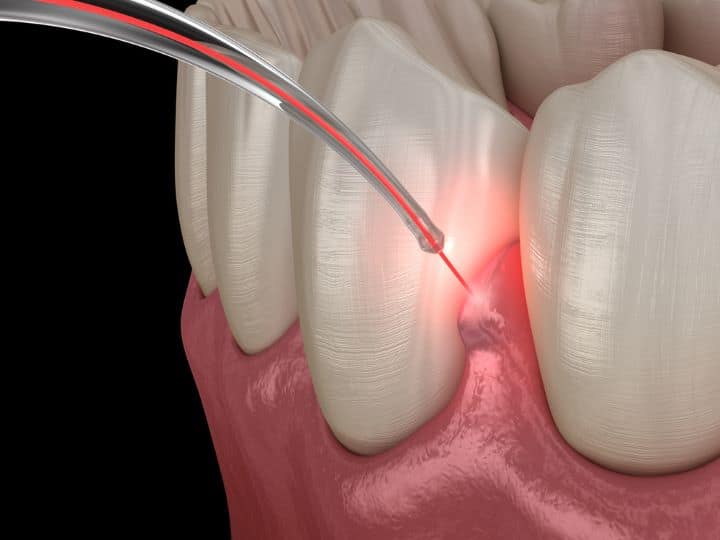
It’s safe and sound as it allows quicker patient gum healing. The patient won’t undergo a lot of anxiety as this treatment requires minimal or no local anesthesia, which is usually delivered with a needle prick into the gum tissues.
2) Very Precise in Action:
As discussed earlier, laser treatment allows precise removal of unhealthy gum tissues while saving the healthier ones.
3) Patient-centric, Customized Periodontal Therapy:
The power and the wavelength of the laser can be adjusted according to the patient’s particular needs. This allows for better patient trust in the treatment.
Traditional Gum Surgery Vs. LNAP
In traditional gum surgery, the patient has to overcome a lot of fear that comes with anesthetic needles and flap enhancement. Later, the patient’s tissues are sutured, followed by the placement of a perio pack, which can compromise the patient’s daily routine for at least 7 days.
The treatment also comes with pain and discomfort during the healing process, which is 10x reduced during the LNAP procedure.
LNAP needs no anesthesia, no flap surgery, and no suture placement. It is more like a traditional scaling and root planing treatment that happens at the dentist bi-annually for an individual.
Is LNAP painful?
It isn’t painful. Unlike traditional gum flap surgery, none of your gum tissues will be cut.
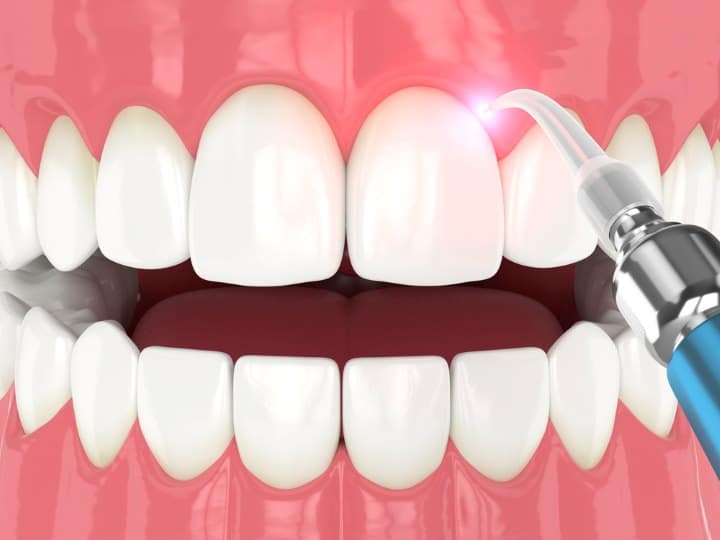
You’d stay pain-free during the procedure; however, you may feel slight discomfort after the surgery.
Recovery Time After Laser Gum Surgery
LNAP is very atraumatic with no stitches, so it recovers earlier than the traditional one.
Once you’re done with the surgery, follow some post-op instructions because you may experience slight swelling and bleeding after the surgery.
You don’t need to worry. It’s completely normal. When the body heals, it shows some signs of inflammation. You need to follow certain instructions given by your dentist:
1) Take painkillers if needed
2) Don’t floss or brush for at least a week.
3) Have a soft food diet.
4) Don’t smoke or use alcohol.
5) Rinse your mouth gently. Don’t spit forcefully.
You’ll be all okay within one week of the surgery.
What should you expect after LNAP?
LNAP comes with a lot of advantages that include improved oral health
1) Reduced bleeding and swollen gums
2) Reduced tooth sensitivity
3) Reduced gum recession
4) Reduced gum infection
5) Improved oral health
6) Improved esthetics
7) Shorter post-op period and fewer post-op instructions.
8) No damage to healthy gum tissues.
How much does the laser gum surgery cost?
It costs somewhere between $1000 to $4000, but it depends on your oral condition and a few other factors. Your dental insurance provider will cover your costs.

The factors that decide the costs are:
1) type of dental insurance
2) your oral condition and the stage of your gum disease.
3) the locality of your dentist
4) the technology used at the clinic.
What are the risks of complications with laser therapy?
Just like all other medical and surgical procedures, laser surgery comes with a certain risk of complications.
You must ask your patients about the complications before proceeding with the surgery.
A few complications include:
1) Inappropriate laser setting:
Laser treatment needs accuracy and precision.
The operator must be very educated about how to operate a laser device, or he may end up damaging your healthy gum tissues.
2) Tissue Damage:
If too much laser is provided to tissues, the area may undergo necrosis, which is the blackening and the death of the vital tissues.
3) Tooth Damage:
Intense laser treatment may cause your tooth to crack.

